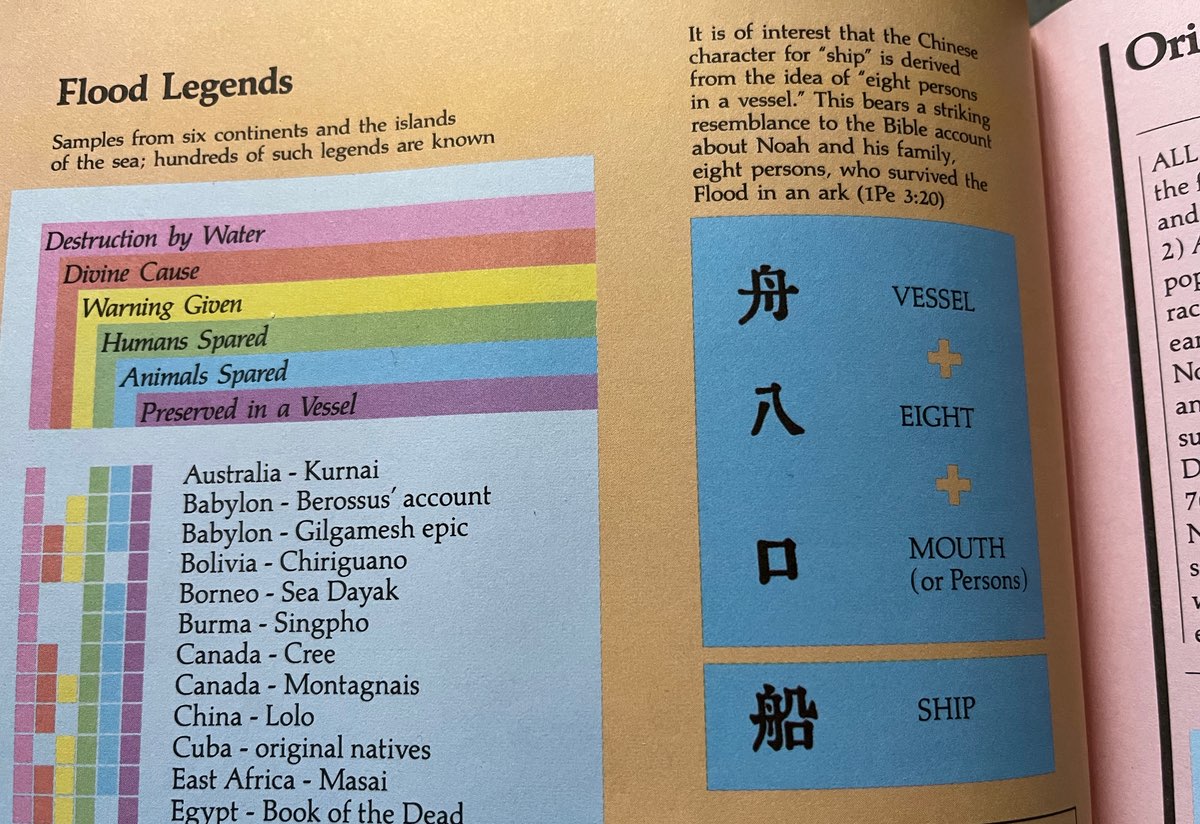Bālèsītǎnrén (Bālèsītǎn·rén Palestinian · {people | person[s] | man/men} 巴勒斯坦人) ← Tap/click to show/hide the “flashcard”
[Notes: Tap/click on a Pīnyīn (Pīn·yīn {Piecing Together of} · Sounds → [Pinyin] 拼音) expression to reveal its “flashcard”; tap/click on a “flashcard” or its Pīnyīn (Pīn·yīn {Piecing Together of} · Sounds → [Pinyin] 拼音) expression to hide the “flashcard”. 📖 📄 📘 icons mean 📖 Reveal All, 📄 Reveal Advanced, and 📘 Reveal None re all the “flashcards” in the heading, paragraph, etc. that they are placed at the beginning of.]
At the time of this writing, jw.org was featuring the video “Can Love Conquer Hatred?” The introductory text for the Mandarin version of this video uses this week’s MEotW, “Bālèsītǎnrén (Bālèsītǎn·rén Palestinian · {people | person[s] | man/men} 巴勒斯坦人)”, to translate “Palestinians”:
English:
Despite the long history of violent hatred between Jews and Palestinians, some of them have successfully uprooted prejudice from their hearts. Meet two of them.
Mandarin:
📖 📄 📘 Yóutàirén (Yóutài·rén Jewish · people 犹太人 猶太人) hé ({(together) with} → [and] 和 和/龢) Bālèsītǎnrén (Bālèsītǎn·rén Palestinian · people 巴勒斯坦人) yǒuzhe (yǒu·zhe having · {have been being} → [have been having] 有着 有着/著) xuèhǎi (xuè·hǎi blood · sea → [sea of blood] 血海)‐shēnchóu (shēn·chóu deep · hatred 深仇), liǎng (two 两 兩) ge ([mw] 个 個/个) mínzú (mín·zú {(of) people} · {ethnic groups} → [peoples] 民族) chángqī (cháng·qī long · {period of time} → [long-term] 长期 長期) yǒu ({have been having} 有) chōngtū (chōng·tū {dashing → [clashing]} · {chimney → [dashing forward]} → [conflicting] 冲突 衝突). Jíshǐ (Jí·shǐ {even though} · if 即使) rúcǐ (rú·cǐ {(it) is like} · this 如此), tāmen (tā·men him/her · [pl] → [them] 他们 他們) dāngzhōng (dāng·zhōng in · among 当中 當中) háishi (hái·shi (there) still · are 还是 還是) yǒurén (yǒu·rén {having → [being]} · persons 有人) néng (able 能) chénggōng (chéng·gōng accomplishing · achievement → [successfully] 成功) fàngxia (fàng·xia {to put} · down 放下) duì (towards 对 對) bǐcǐ (bǐ·cǐ those · these → [one another] 彼此) de (’s 的) chóuhèn (chóu·hèn enmity · hatred 仇恨), hépíng (hé·píng {being (together) with} · {being flat, level, even} → [peacefully] 和平)‐xiāngchǔ (xiāng·chǔ {with each other} · {to dwell → [to get along]} 相处 相處). Ràng (let 让 讓) wǒmen (wǒ·men us · [pl] 我们 我們) kànkan (kàn·kan {look at} · {look at} 看看) liǎng (two 两 兩) ge ([mw] 个 個/个) lìzi (lì·zi examples · [suf for nouns] 例子).
Related to “Bālèsītǎnrén (Bālèsītǎn·rén Palestinian · {people | person[s] | man/men} 巴勒斯坦人)” being the Mandarin word for “Palestinians” is that “Bālèsītǎn (Palestine 巴勒斯坦)” is the Mandarin word for “Palestine”. Knowing these expressions, along with some of the expressions in the above quote, will help us in the Mandarin field as we hear about, talk about, and pray about the ongoing Gaza-Israel conflict in the time ahead.
Note that it is apparent that “Bālèsītǎn (Palestine 巴勒斯坦)” was chosen to represent “Palestine” in Mandarin because of what it sounds like, not because of the meanings of the supposedly ideographic (representing meaning directly through visible symbols, bypassing speech) Chinese characters used to write it out (“Hope for Bridle This Flat”??? 🤷🏻).
Neutrality
With open warfare now raging in various parts of the world, Jehovah’s people must face the issue of neutrality. With the very survival of individuals as well as of entire nations and peoples seemingly on the line, feelings can run high.
Related to this issue, I found the following articles on jw.org:
- “Ukraine Courts Recognize Right to Conscientious Objection During Military Mobilization”
- “Targeted for Religious Beliefs in Eastern Ukraine”
- “High Court of Ukraine Upholds Right to Conscientious Objection During Military Mobilization”
The final article linked to above concludes with this paragraph:
The courts of Ukraine have recognized that conscientious objection to military service is a fundamental human right that merits protection even during military mobilization. It is neither a selfish evasion of duty nor a threat to national interests and security. In affirming the rulings of the lower courts, the high court has upheld human rights for all Ukrainians. Ukraine has set an example for countries that punish conscientious objectors who refuse military service for reasons of conscience.
Philistines?
One interesting point I came across while researching this post is that although the modern name “Palestine” ultimately came from the Hebrew word for “Philistia”, it’s not actually correct to associate modern Palestinians with the ancient Philistines. As the February 1, 1995 issue of The Watchtower says:
Alexander the Great conquered the Philistine city of Gaza, but in time, the Philistines apparently ceased to be a separate people. Professor Lawrence E. Stager wrote in Biblical Archaeology Review (May/June 1991): “The Philistines too were exiled to Babylon. . . . No record exists, however, as to what happened to the exiled Philistines. Those who may have remained in Ashkelon after Nebuchadrezzar’s conquest apparently lost their ethnic identity. They simply disappear from history.”
The modern name Palestine is derived from Latin and Greek words, which leads further back to the Hebrew word for “Philistia.” Some Bible translations in the Arabic language use a word for “Philistines” that is easily confused with the word for modern Palestinians. However, Today’s Arabic Version uses a different Arabic word, thus distinguishing between the ancient Philistines and modern Palestinians.
As some linguists like to say, “etymology isn’t destiny”:
Words change their meaning over time, the meanings of words are something that we’re creating with each other as a community, and the idea that etymology isn’t destiny is a fun and liberating thing to think about! Imagine how boring the world would be if there were never any new words or new meanings of words!
